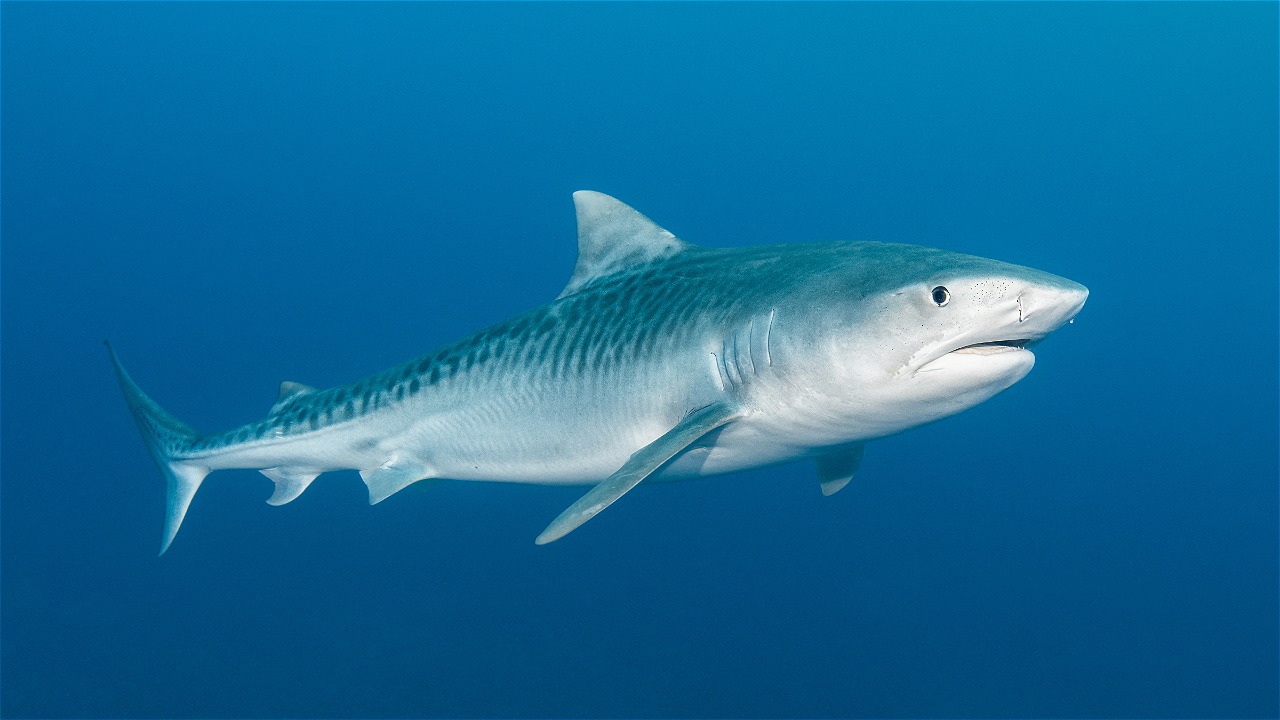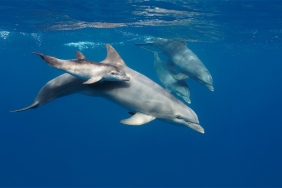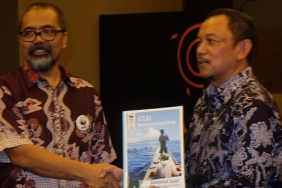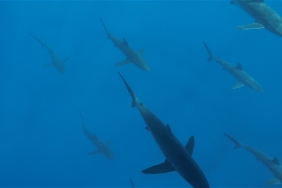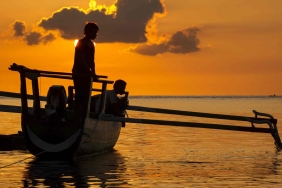SHARK STORIES IN THE NETS AND LONGLINES OF SELAYAR FISHERMEN, SOUTH SULAWESI
By: Faqih Akbar (Marine Science Diponegoro University, Bycatch & Sharks Conservation Intern, WWF-Indonesia)
The Selayar Islands regency is located south off the coast of Tanjung Bira, South Sulawesi. Selayar can be accessed by plane from Makassar or ferry from Bira. Both depart only once per day. That morning (10/01), the small plane we took arrived at H. Aroeppala Airport, Selayar, although the weather was less friendly during the flight.
Our visit to Selayar from January 10-23, 2017 was to survey bycatch of Endangered, Threatened and Protected (ETP) biota and profile the islands' fisheries.
WWF-Indonesia worked closely with the Selayar Marine and Fisheries Agency (DKP) and the Takabonerate National Park Agency (BTN) to gather information on fishing gear that could potentially catch ETP biota. We also collected data on how fishermen handle ETP biota - one of which is sharks.
The majority of Selayar's population are fishermen with a predominance of small-scale fleets, namely outboard motorboats and canoes. Widely used fishing gear includes gill nets (gill net) and rawai (longline), and several other fishing gears such as bagan tancap, bagan perahu, sero, and pancing ulur (handline).
Nine villages were targeted in this survey. Binanga Sumbaia, Parak, Kahu Kahu, Bontoborusu, Bontolebang, Barugaia, Buki, Mekar Indah and Maharayya villages; all spread across the southern and eastern western parts of the Selayar Islands.
The results of this survey were quite surprising. As many as 43.3% of fishermen using gill net gear and 41.9% of fishermen using long line gear admitted to accidentally catching sharks. These sharks are bycatch, as Selayar fishermen's target fish are mainly reef fish such as grouper, snapper and baronang.
So, what happens to the sharks in Selayar's gillnets and longlines? The majority of fishers - 42.3% of gillnet fishers and 76.9% of longline fishers - release the sharks back alive. However, many do eat and sell the sharks they catch.
46.2% of gillnet fishers and 23.1% of longline fishers admitted to eating their shark catch. In fact, they even gave it away to villagers for consumption. Shark sales were also high - 26.9% of net fishers and 15.4% of longline fishers sold their catch. Buyers usually come from East Asian countries.
Sharksblacktip reef, zebra, and whitetip reefare commonly caught around the waters of Gusung Island, Pasi Island, and Guam Island. Sharks are also commonly found in coral reef areas scattered across the western part of the Selayar Islands. Although populations of blacktip reefand some other small sharksare plentiful, interactions with fishermen usually result in death for sharks that are just passing through the waters of the Selayar Islands.
This is of course quite concerning, given that more than 25% of shark species have been listed on the Red List of the International Union for Conservation of Nature (IUCN) with a status of vulnerable to extinction to towards extinction.
The shark's role as a apex predator in the marine ecosystem makes this biota even more important in maintaining the balance of the marine ecosystem. Of course, fishermen's catches will be abundant when the marine ecosystem is maintained.
The results of this survey are expected to be the basis for assisting fishermen in the Selayar Islands. They can be trained to handle sharks and other ETP biota caught. The preservation of the ETP biota population will maintain the balance of the aquatic ecosystem, which in turn improves the welfare of Selayar fishermen.

